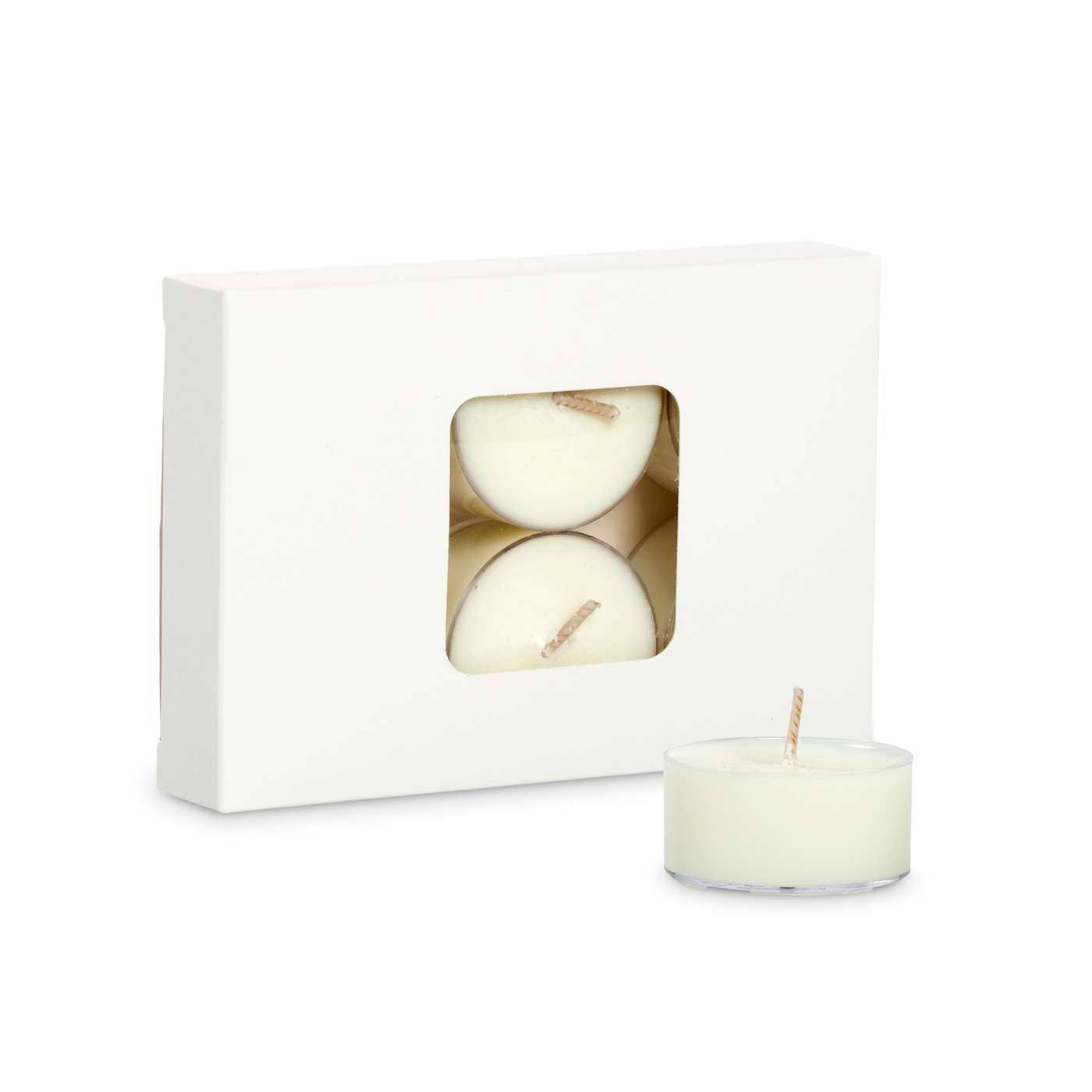Experience the Tranquility of Crystal Soy Candles and Home Fragrance
Experience the Tranquility of Crystal Soy Candles and Home Fragrance
Blog Article
From Wick to Wax: Recognizing the Chemistry Behind Soy Wax Candles and Their Ecological Effect
As we brighten our areas with the warm glow of candle lights, there exists a world of complex chemistry behind the apparently straightforward act of lighting a soy wax candle light. Join us as we unravel the scientific intricacies behind soy wax candles and discover their ramifications on our setting.
Soy Wax Vs. Paraffin Wax
When comparing soy wax and paraffin wax for candle light production, it is necessary to comprehend the unique qualities and advantages of each material. Soy wax is a natural, renewable resource acquired from soybean oil, making it biodegradable and environment-friendly - crystal soy candles. In comparison, paraffin wax is a by-product of petroleum refining, which elevates issues about its ecological effect and sustainability
Soy wax candle lights melt cleaner and discharge less soot contrasted to paraffin wax candle lights, making them a healthier choice for interior air high quality. Furthermore, soy wax has a lower melting factor, permitting a longer-lasting candle light that disperses fragrance better. Paraffin wax, on the various other hand, often tends to shed faster and much less cleanly, possibly launching harmful chemicals right into the air.
From a sustainability perspective, soy wax is preferred for its biodegradability and sustainable sourcing, straightening with the growing customer preference for eco mindful items. While paraffin wax has been a standard choice in candle light making as a result of its price and convenience of usage, the shift towards environment-friendly alternatives like soy wax is getting momentum in the sector.
Chemical Structure of Soy Wax

Combustion Process in Soy Candles
The chemical composition of soy wax directly influences the combustion process in soy candle lights, influencing factors such as melt time, scent release, and ecological impact. When a soy candle is lit, the heat from site the flame melts the wax near the wick. This liquid wax is after that drawn up the wick due to capillary activity. As the fluid wax reaches the fire, it undergoes and evaporates combustion. The burning procedure involves the vaporized hydrocarbons in the wax responding with oxygen in the air to produce warmth, light, water vapor, and carbon dioxide.
The combustion effectiveness of soy candle lights is affected by the pureness of the soy wax and the quality of the wick. Additionally, soy wax candle lights have a reduced ecological effect contrasted to paraffin candles due to their eco-friendly and eco-friendly nature.

Ecological Benefits of Soy Wax

Considered a sustainable choice to typical paraffin wax, soy wax uses significant ecological useful reference benefits that make it a popular choice amongst eco-conscious customers. Soy wax burns cleaner and creates much less soot than paraffin wax, contributing to much better interior air top quality and lowering the need for cleaning and maintenance. Generally, the ecological benefits of soy wax line up with the expanding need for sustainable and green products in the market.
Recycling and Disposal Factors To Consider
Recycling and appropriate disposal of soy wax candles play an essential role in preserving environmental sustainability and lowering waste in houses and areas. When it comes to recycling soy wax candles, the very first step is to ensure that the candle light has actually burned completely.

In regards to disposal, if recycling is not an alternative, soy wax candle lights are eco-friendly and can be safely dealt with in many home waste systems. However, it is constantly suggested to get in touch with local reusing centers or waste management solutions for certain guidelines on candle disposal to ensure correct handling and environmental management.
Final Thought
In verdict, the chemistry behind soy wax candle lights reveals their environmental benefits over paraffin wax candle lights. Soy wax, derived from soybean oil, burns cleaner and creates much less residue when contrasted to paraffin wax.
When contrasting soy wax and paraffin wax for candle making, it is important to comprehend the distinct features and advantages of each material (soy wax candles).Soy wax candle lights burn cleaner and discharge much less residue contrasted to paraffin wax candle lights, making them a healthier choice for indoor air high quality.Thought about a lasting option to standard paraffin wax, soy wax supplies remarkable environmental benefits that make it a prominent option among eco-conscious customers. Soy wax burns cleaner and generates less soot than paraffin wax, adding to better indoor air quality and reducing the demand for cleaning and maintenance.In verdict, the chemistry behind soy wax candles exposes their ecological advantages over paraffin wax candles
Report this page